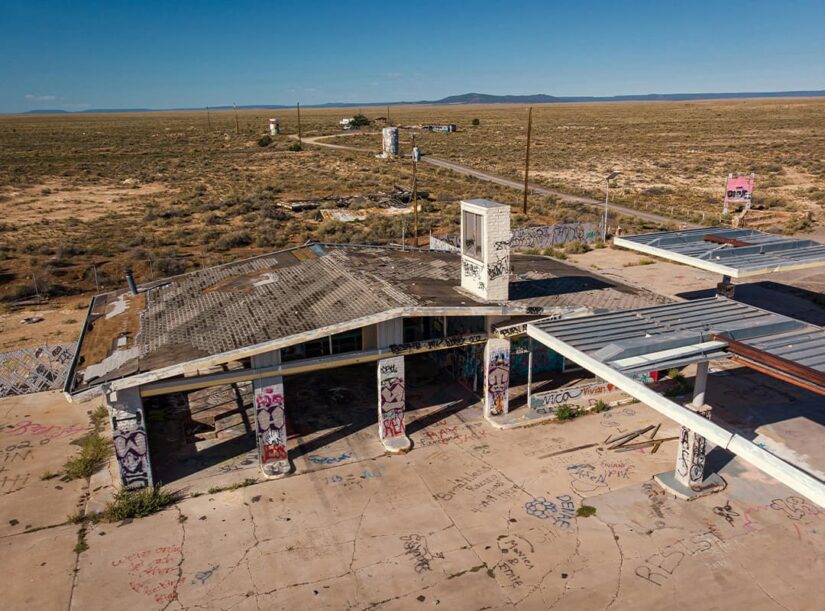Supporting a Thru-hike on the Arizona Trail
Embarking on a thru-hike of the Arizona Trail (AZT) was a monumental decision for my wife, Erin, and me. While Erin had always been passionate about hiking, it was in Colorado where she truly embraced it as a recreational pursuit. So, when the idea of tackling the AZT — an 800-mile journey through the Sonoran Desert, Mount Lemmon, San Francisco Peaks, and the Grand Canyon — took shape, I knew I had to support her every step of the way.
Living in an apartment in Tucson, Arizona, and both working full time, Erin’s decision to hike the AZT marked a significant shift in our lives. Initially, our hiking adventures were confined to day trips or short backpacking excursions near Tucson. However, as Erin geared up for the AZT, she was faced with the daunting task of conquering over 700 miles of challenging terrain in what she referred to as “the big push.”
Transitioning from our apartment to a Ford Econoline camper van seemed like the natural choice as Erin embarked on her thru-hike. My role was clear: I would reside in the van, handle the logistics of purchasing and delivering supplies, shuttle Erin to and from necessary stops, and provide unwavering emotional support. Additionally, I took care of our two dogs, Zari and Birdy, ensuring they were well looked after while Erin trekked through the desert landscape. Birdy, our “mega mutt,” even had the opportunity to join Erin on some of her hiking adventures.
Supporting Erin from the van brought its own set of challenges and advantages. While traditional support typically involves sending packages to a thru-hiker, our approach was more hands-on and required careful budgeting. Both of us being off work meant increased expenses for food, gas, and other essentials. However, this method also simplified certain aspects of planning, allowing us to adapt to Erin’s needs in real-time.
One of the most significant lessons I learned was to take a backseat in planning and let Erin lead the way. Despite being the more experienced hiker, I understood that this was her adventure, and I was there to facilitate her journey. Thru-hiking demands self-reliance and accountability, and it was essential for Erin to take ownership of her plan.
A significant part of supporting Erin on her thru-hike involved ensuring she had access to ample food supplies. I stocked up on calorie-rich snacks like gummy candies, pretzels, Snickers bars, and bacon jerky, meeting Erin every few days to replenish her provisions. Weekly trips to nearby towns for showers became a routine part of our support strategy, utilizing campgrounds, gyms, and even truck stops along the way. Through careful planning and unwavering dedication, we navigated the challenges of supporting a thru-hike, creating unforgettable memories along the Arizona Trail.
